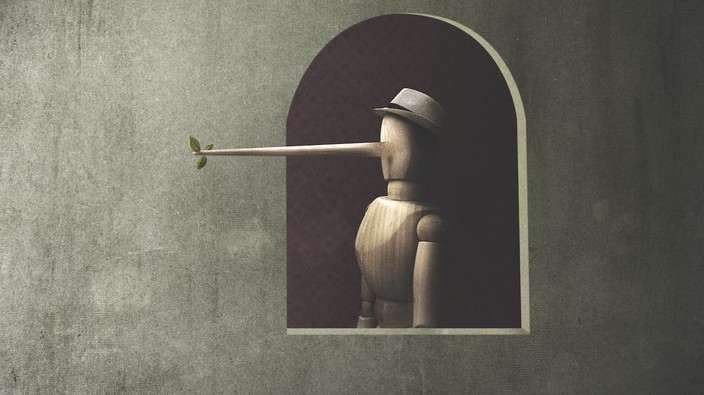a
2015 study at the university of michigan studied 120 videos of high-stakes court cases to build a lie-detecting software prototype. the experiments that were a part of the study were up to 75 per cent accurate in identifying the liars (as defined by the outcomes of the trials).
nearly 70 per cent of the liars tended to stare straight at the interrogator when being questioned. scowling or grimacing with the whole face was an indicator of deception as well. while only 30 per cent of the liars scowled, almost none of the truth tellers did.
alternatively, almost 60 per cent of the truth tellers closed their eyes while being questioned — just 20 per cent of liars closed their eyes. repeated head-shaking usually meant someone was telling the truth — 60 per cent of truth tellers did this compared to only 35 per cent of those who were lying.
pay attention to waving hands and raised eyebrows
that same study found that liars tended to wave their hands around while being questioned, whereas eyebrow raising was common for someone who was telling the truth.
non-congruent gestures — when someone’s bodily movements don’t match what they are saying, such as saying yes while shaking the head no — may also be an indicator of deceit, according to a
scientific american podcast, as is pointing, dr. lillian glass, a behavioural analyst and body language expert told
business insider. pointing can be a conscious or unconscious attempt to distance the liar from the situation and place blame elsewhere. glass also identified feet shuffling as a sign that someone feels uncomfortable or nervous, in addition to covering up vulnerable parts of the body, like the chest, throat, or abdomen.
 5 minute read
5 minute read








